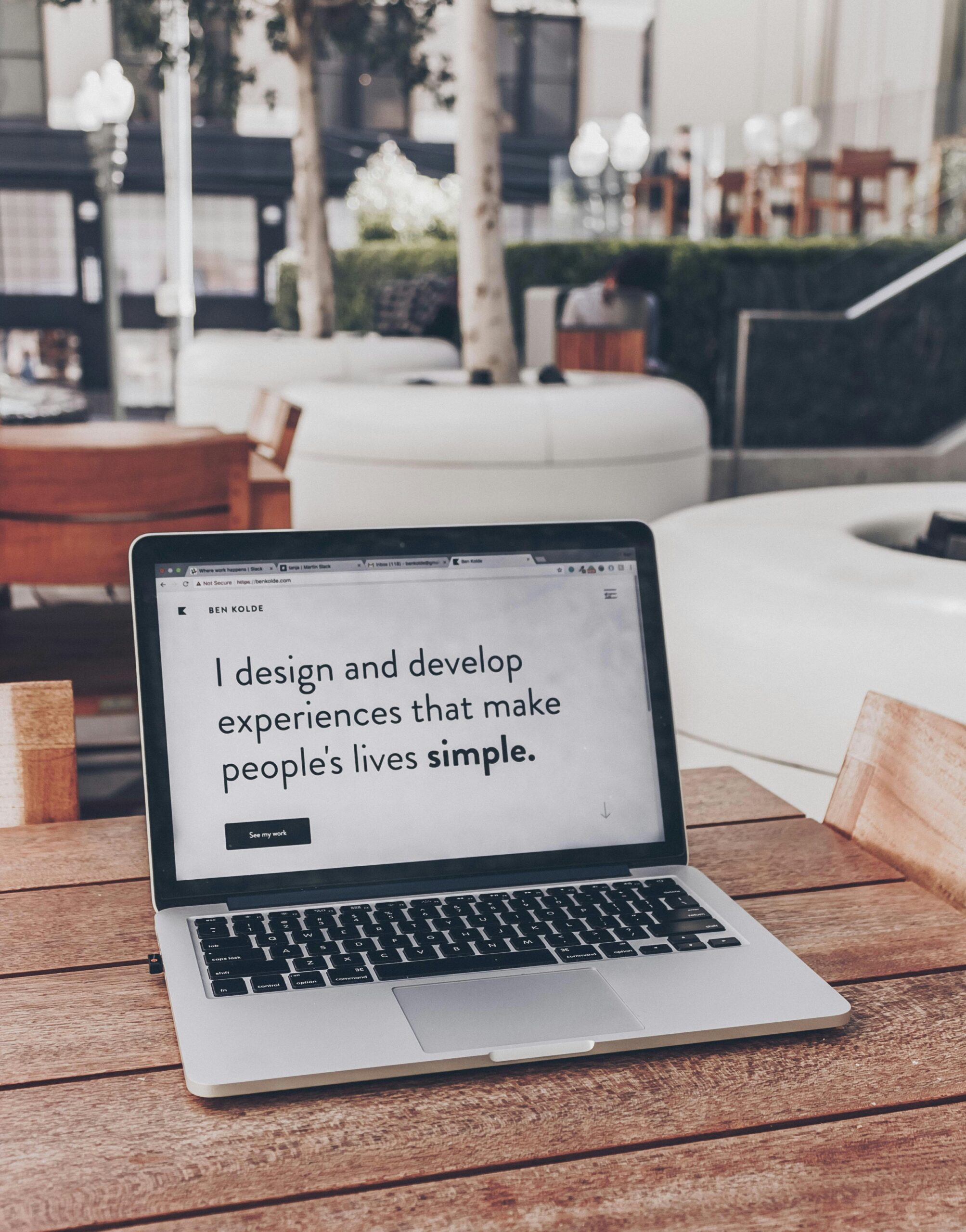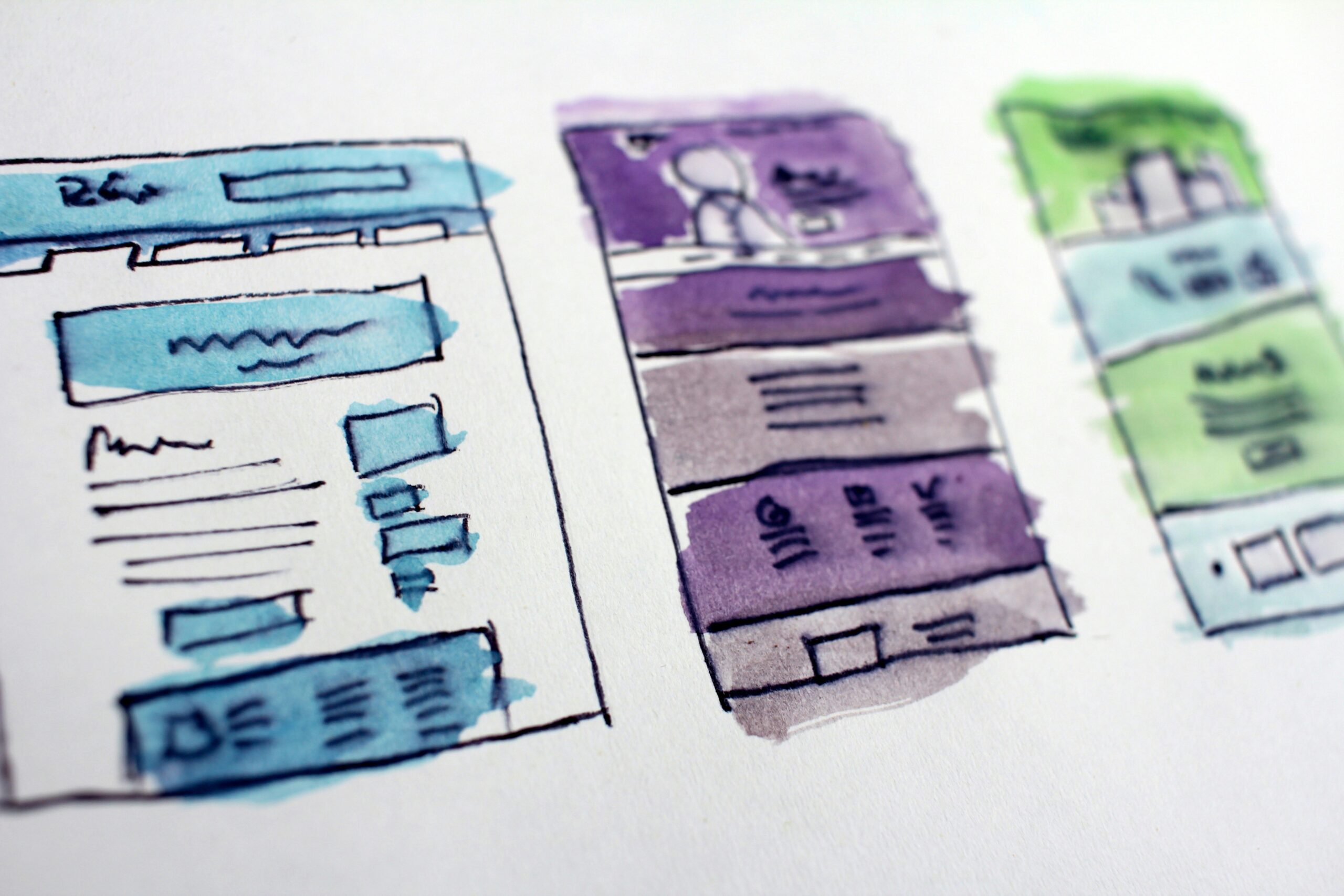As technology continues to advance at a rapid pace, user needs and expectations are constantly evolving. In order to stay relevant and competitive, businesses must adapt their user interface (UI) and user experience (UX) solutions to meet these changing demands. This blog post will explore some key strategies for adapting to change and providing UI/UX solutions that cater to evolving user needs.
1. Conduct User Research
One of the first steps in adapting to changing user needs is to conduct thorough user research. This involves gathering data and insights about your target audience, their preferences, and pain points. By understanding your users’ needs and expectations, you can make informed decisions about your UI/UX solutions.
There are various methods for conducting user research, such as surveys, interviews, and usability testing. These techniques can provide valuable insights into how users interact with your product and what improvements can be made to enhance their experience.
2. Embrace a User-Centered Design Approach
A user-centered design approach is essential for creating UI/UX solutions that meet evolving user needs. This approach involves putting the needs and preferences of users at the forefront of the design process. By involving users in the design process through methods like co-creation and iterative testing, you can ensure that your UI/UX solutions are aligned with their expectations.
Additionally, a user-centered design approach involves designing for accessibility and inclusivity. As user demographics and needs change, it is important to consider diverse user groups and ensure that your UI/UX solutions are accessible to all.
3. Stay Updated with UI/UX Trends
In order to adapt to evolving user needs, it is crucial to stay updated with the latest UI/UX trends. UI/UX design is a constantly evolving field, and new trends and best practices emerge regularly. By staying informed about these trends, you can incorporate them into your UI/UX solutions and provide a modern and engaging user experience.
Some current UI/UX trends include minimalist design, microinteractions, dark mode, and voice user interfaces. These trends can enhance the usability and aesthetics of your product, keeping it in line with user expectations.
4. Iterate and Test Your UI/UX Solutions
Once you have implemented your UI/UX solutions, it is important to continuously iterate and test them. User needs and preferences are not static, and what works today may not work tomorrow. By gathering user feedback and conducting usability testing, you can identify areas for improvement and make necessary adjustments to your UI/UX solutions.
Iterative testing also allows you to validate the effectiveness of your UI/UX solutions and ensure that they are meeting the evolving needs of your users. This can help you stay ahead of the competition and maintain a loyal user base.
5. Provide Personalization and Customization Options
Personalization and customization options can greatly enhance the user experience and cater to evolving user needs. By allowing users to tailor their experience to their preferences, you can create a more engaging and personalized UI/UX solution.
For example, providing options for theme customization, font size adjustment, or content filtering can give users a sense of control and ownership over their experience. This can lead to increased user satisfaction and loyalty.
Conclusion
Adapting to change is crucial in the fast-paced world of UI/UX design. By conducting user research, embracing a user-centered design approach, staying updated with UI/UX trends, iterating and testing your solutions, and providing personalization options, you can ensure that your UI/UX solutions meet the evolving needs of your users.
Remember, user needs and expectations are constantly changing, and it is important to stay agile and responsive to these changes. By prioritizing user satisfaction and continuously improving your UI/UX solutions, you can create a competitive advantage and provide a positive user experience.











Leave a Reply